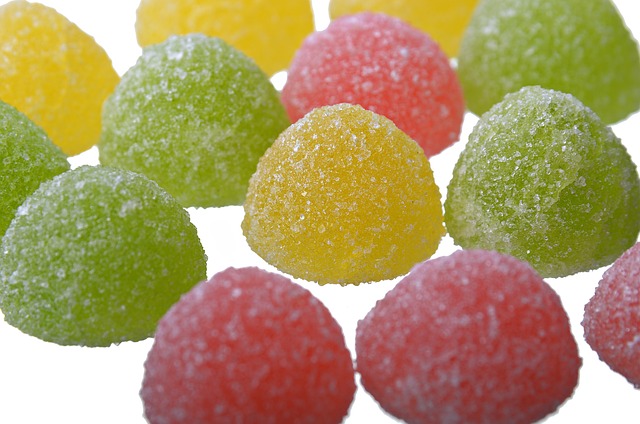
What is Manjar Blanco?
Manjar blanco is a delightful dessert that has captured the hearts and taste buds of many across different cultures. While its name may vary, the essence of this sweet treat remains consistent. Traditionally, it is a creamy concoction made from milk, sugar, and often rice, which is cooked slowly to achieve a rich, smooth texture. This dessert is particularly popular in Colombia, where it is a staple during the festive season, especially at Christmas. 🎄
Regional Variations
Interestingly, manjar blanco isn't just a Colombian delicacy. In Spain and other parts of Europe, it refers to a dessert similar to blancmange, typically light brown in color. This version is often made with gelatin, giving it a jelly-like consistency. In the Philippines, it takes on a different twist, known as tibuktíbuk in Pampangan and tibok-tibok in Tagalog. Here, it’s commonly made with coconut milk and cornstarch, resulting in a plant-based adaptation called maja blanca. The variations highlight the versatility of manjar blanco and how it has been embraced in different culinary traditions.
How is Manjar Blanco Made?
Making manjar blanco at home can be a rewarding experience. The basic ingredients include:
- Milk
- Sugar
- Rice (or cornstarch for some variations)
- Flavorings (like vanilla or cinnamon)
The process generally involves:
- Cooking the rice: If using rice, it’s cooked until soft and then blended with milk and sugar.
- Heating: The mixture is heated slowly, stirring continuously to prevent sticking.
- Thickening: Once it reaches the desired consistency, it’s poured into molds and allowed to cool.
- Serving: It can be enjoyed on its own or paired with other traditional sweets like natilla and buñuelos for a delightful flavor combination.
It’s a simple yet satisfying dessert that can bring a taste of tradition into any home. 🍮
Manjar Blanco in Colombian Culture
In Colombia, manjar blanco is more than just a dessert; it's a part of the cultural fabric, especially during Christmas celebrations. It is often served alongside natilla, a custard-like dessert, and buñuelos, which are fried dough balls. The combination of the salty buñuelos with the sweet manjar blanco creates a unique and enjoyable flavor experience that many look forward to each year.
Conclusion
Whether enjoyed in Colombia, Spain, or the Philippines, manjar blanco is a testament to how food can bring people together across cultures. Its creamy texture and sweet flavor make it a beloved dessert that’s worth trying. So, the next time you're in the mood for something sweet, consider making or trying manjar blanco. It might just become your new favorite treat!


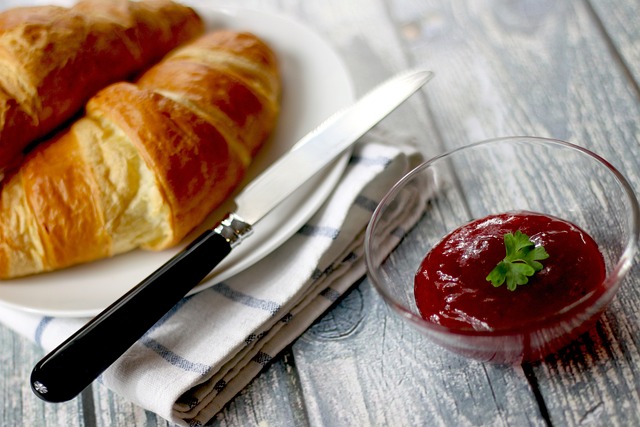

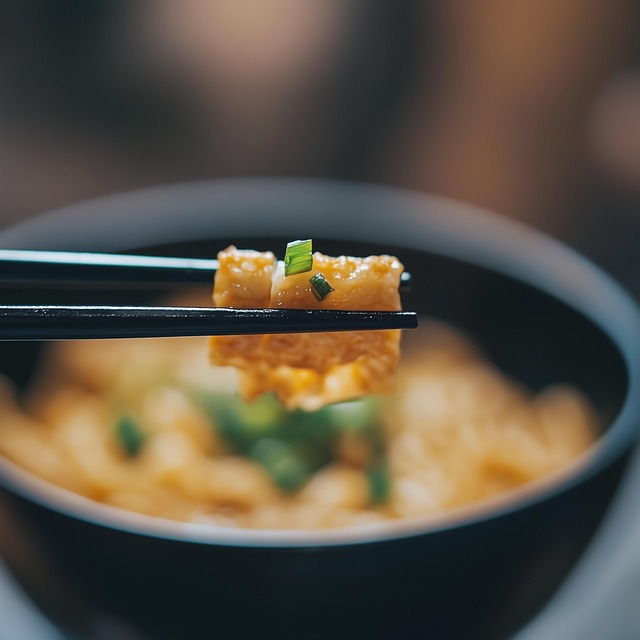

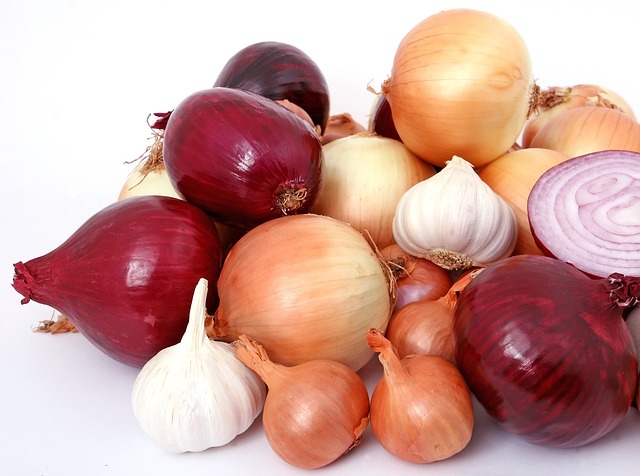
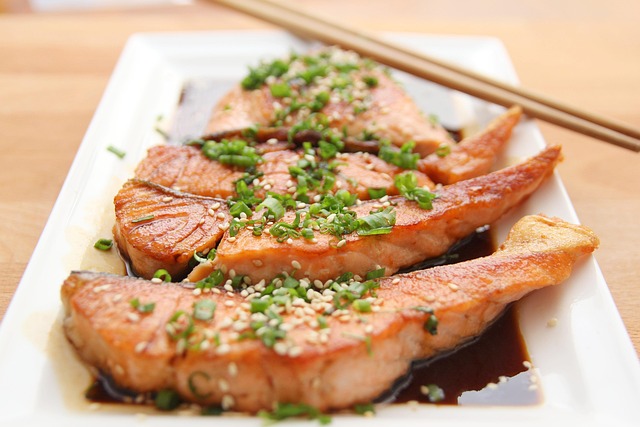
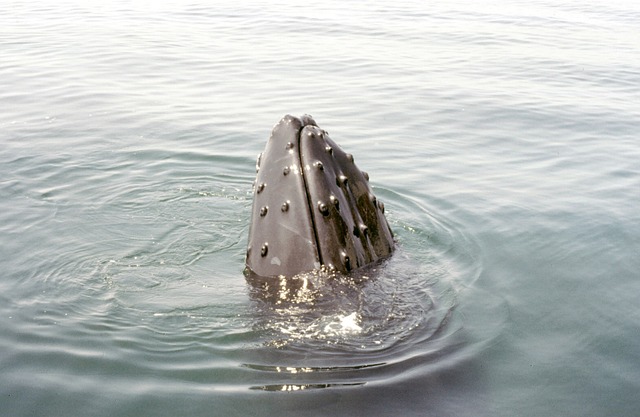
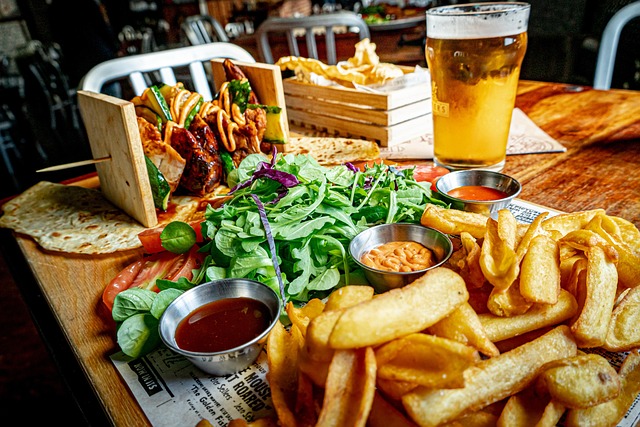
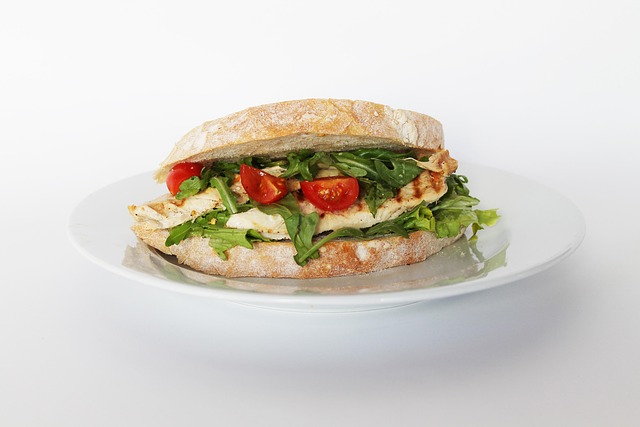
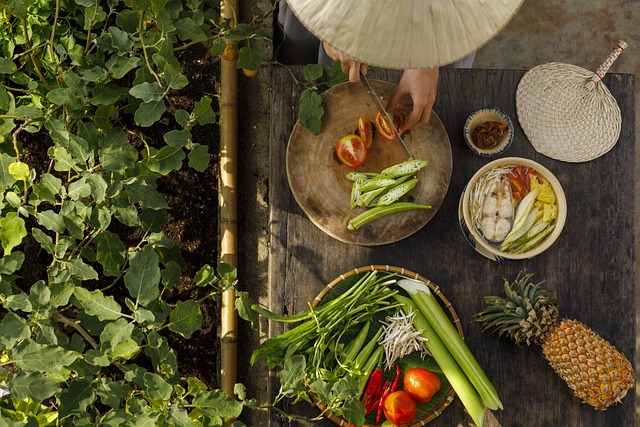

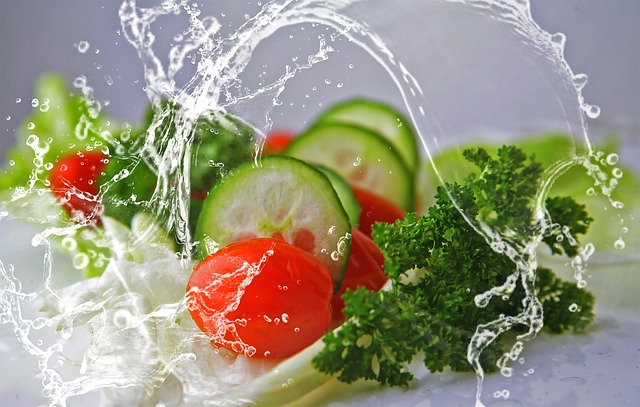
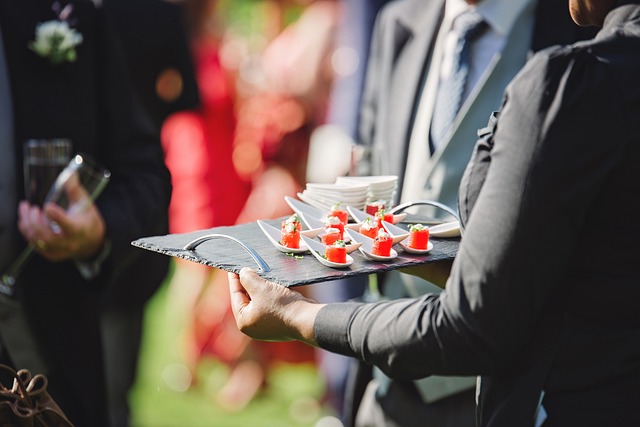
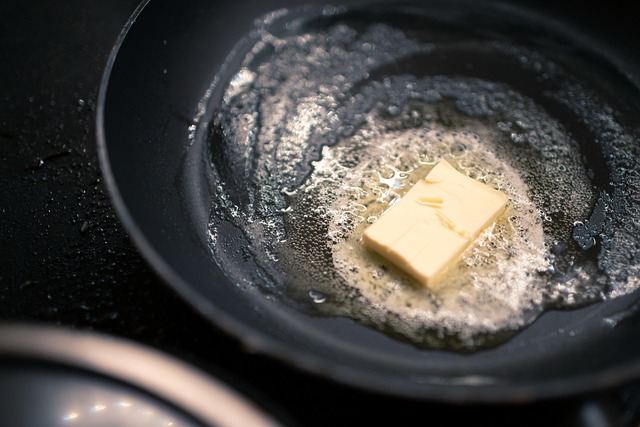
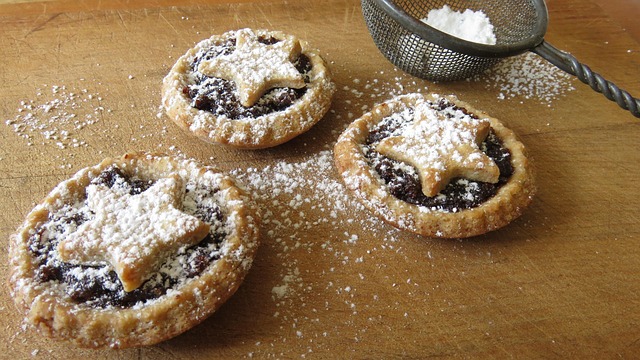
 Petsi Pies: A Slice of Heaven in Somerville
Petsi Pies: A Slice of Heaven in Somerville 
 Health
Health  Fitness
Fitness  Lifestyle
Lifestyle  Tech
Tech  Travel
Travel  Food
Food  Education
Education  Parenting
Parenting  Career & Work
Career & Work  Hobbies
Hobbies  Wellness
Wellness  Beauty
Beauty  Cars
Cars  Art
Art  Science
Science  Culture
Culture  Books
Books  Music
Music  Movies
Movies  Gaming
Gaming  Sports
Sports  Nature
Nature  Home & Garden
Home & Garden  Business & Finance
Business & Finance  Relationships
Relationships  Pets
Pets  Shopping
Shopping  Mindset & Inspiration
Mindset & Inspiration  Environment
Environment  Gadgets
Gadgets  Politics
Politics 